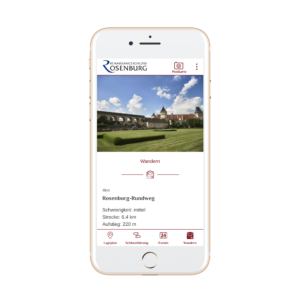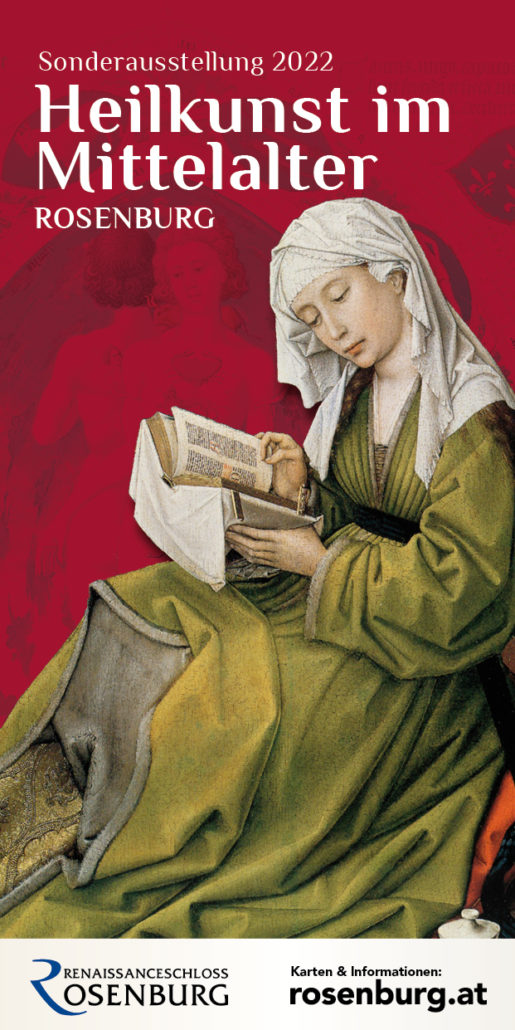Medicine in the Middle Ages
Special Exhibition 2022
Fleeced and bled –
Medicine in the Middle Ages
More relevant than ever: Bloodletting, cupping and cauterization (burning) were popular healing methods in the Middle Ages.
For their diagnoses, the healers referred to the urine test, the urine was judged by color, smell and even taste. The ancient philosophy of the “doctrine of the four humours” formed the basis of the medieval ideas about the art of healing. While monastic medicine was systematically concerned with the effects of medicinal herbs, many of which are still used today, charlatans and quacks were up to mischief in the markets.
People were helpless in the face of devastating epidemics such as the plague, because the causes and ways of transmission of many diseases were unknown. It was believed that aching teeth were infested with toothworm. Herbal women and midwives played an important role in folk medicine, but their knowledge was not handed down in writing.
The exhibition illuminates the diverse aspects of the medieval art of healing. She tells of barbers, field surgeons and barbers, of magical remedies such as theriac and the “dirty pharmacy”, of St. Anthony’s fire and leprosy as well as of the healing arts of Hildegard von Bingen.
The exhibition can be visited on all opening days. We also offer guided tours by our experienced cultural mediators – only with advance notice.
Download the Rosenburg APP



